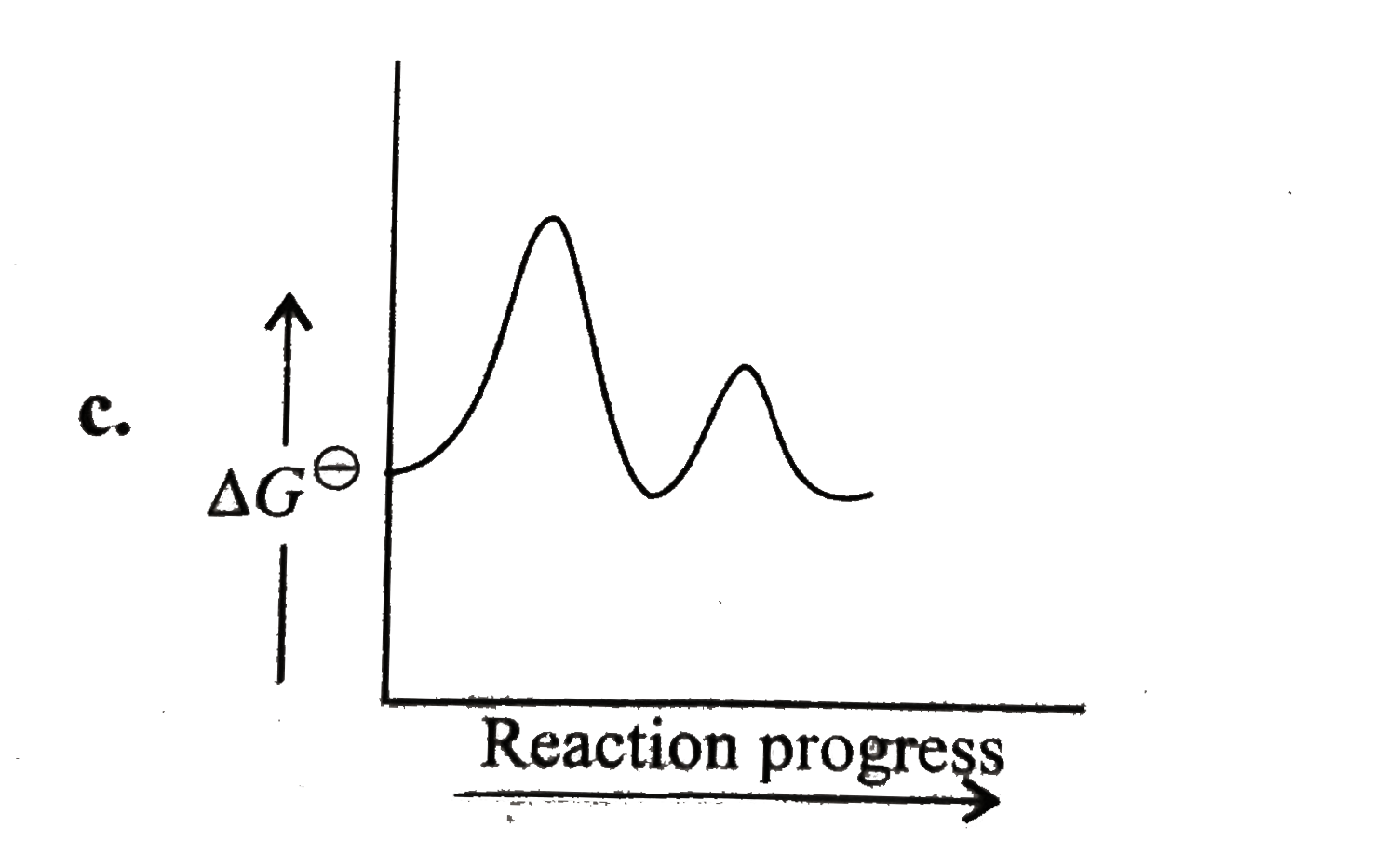In the reaction Ar−OH+RXAlkali−−→A . A is :
An aldehyde
An aryl chloride
An ether
A ketone
The correct Answer is:C
To solve the question regarding the reaction of phenol with RX in the presence of an alkali to form compound A, we can follow these steps:
1. Identify the Reactants:
- The reactants are phenol (Ar-OH) and RX, where R is an alkyl group and X is a halogen.
2. Understanding the Reaction Conditions:
- The reaction occurs in the presence of an alkali, which is a strong base. This base will deprotonate the phenol.
3. Formation of Phenoxide Ion:
- Phenol (Ar-OH) can lose a proton (H⁺) to form the phenoxide ion (Ar-O⁻). This occurs because the oxygen atom in the hydroxyl group is more electronegative than hydrogen, making the O-H bond polar and allowing for the release of H⁺.
4. Formation of Carbocation:
- The RX compound undergoes a reaction where the halogen (X) leaves, forming a carbocation (R⁺). This is possible because halogens are good leaving groups due to their electronegativity.
5. Nucleophilic Attack:
- The phenoxide ion (Ar-O⁻), which is now a strong nucleophile, attacks the electron-deficient carbocation (R⁺).
6. Formation of Ether:
- The result of this nucleophilic attack is the formation of an ether (Ar-O-R), where the oxygen atom is bonded to both the aromatic group (Ar) and the alkyl group (R).
7. Conclusion:
- Therefore, compound A formed in the reaction is an ether, specifically an aryl ether.
Final Answer:
A is an ether (Ar-O-R).
---
- The reactants are phenol (Ar-OH) and RX, where R is an alkyl group and X is a halogen.
- The reaction occurs in the presence of an alkali, which is a strong base. This base will deprotonate the phenol.
- Phenol (Ar-OH) can lose a proton (H⁺) to form the phenoxide ion (Ar-O⁻). This occurs because the oxygen atom in the hydroxyl group is more electronegative than hydrogen, making the O-H bond polar and allowing for the release of H⁺.
- The RX compound undergoes a reaction where the halogen (X) leaves, forming a carbocation (R⁺). This is possible because halogens are good leaving groups due to their electronegativity.
- The phenoxide ion (Ar-O⁻), which is now a strong nucleophile, attacks the electron-deficient carbocation (R⁺).
- The result of this nucleophilic attack is the formation of an ether (Ar-O-R), where the oxygen atom is bonded to both the aromatic group (Ar) and the alkyl group (R).
- Therefore, compound A formed in the reaction is an ether, specifically an aryl ether.
A is an ether (Ar-O-R).
Topper's Solved these Questions
- ALCOHOLS, PHENOLS & ETHERSBOOK - VMC MODULES ENGLISHCHAPTER - ALCOHOLS, PHENOLS & ETHERSEXERCISE - Efficient
98 Videos
- ALCOHOLS, PHENOLS & ETHERS BOOK - VMC MODULES ENGLISHCHAPTER - ALCOHOLS, PHENOLS & ETHERS EXERCISE - IN-CHAPTER EXERCISE - L
10 Videos
- ALDEHYDES,KETONES & CARBOXYLIC ACIDS BOOK - VMC MODULES ENGLISHCHAPTER - ALDEHYDES,KETONES & CARBOXYLIC ACIDS EXERCISE - IN-CHAPTER EXERCISE-M
10 Videos
Similar Questions
Knowledge Check
The reaction, RX+OH−→R−OH+X−, is
Aan electrophilic substitution reactionBa nucleophilic substitution reactionCa free radical substitution reactionDan elimination reaction.In the reaction C2H5OHKMnO4−−−−→CH3COOH,KMnO4 acts as
Adehydrating agentBreducing agentCoxidising agentDbleaching agentThe reaction of benzaldehyde with alkali gives
Aphenol+ benzoateBBenzene+benzyl alcoholCbenzyl alcohol+ sodium benzoateDphenol+ benzene.
For the reaction, R−XSlow−−→R⊕+X⊕,
R⊕+ɵOHFast−−→ROH
Which type of reaction coordinate diagram represents the above reaction mechanism?



d. This is SNl reaction where no tranistion state will be present
View SolutionThe final product in the reaction is :
Ph−OH+CCl4KOH−−→ product
View SolutionIn the reaction sequences
2CH3CHOOH−−−→AΔ−−→B the product B is
View SolutionIn the following reaction sequence :
R−OHP+I2−−−→R−IAgNO2−−−→RNO2HNO2−−−→ no reaction.
The alcohol is a :
View SolutionIdentify A and B in the following reactions
AAq. NaOH −−−−−−→C2H5OHAgOH←−−−B
View Solution
